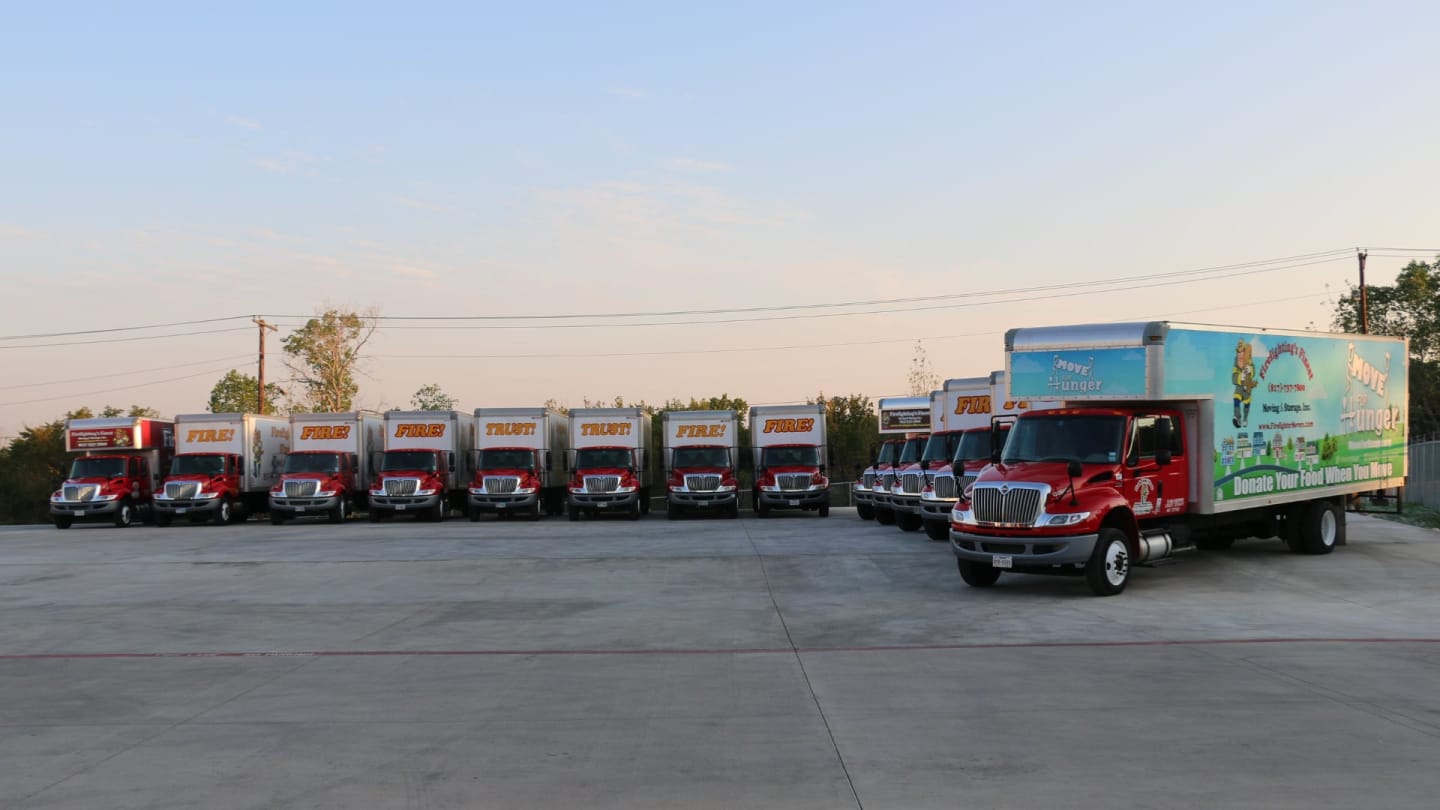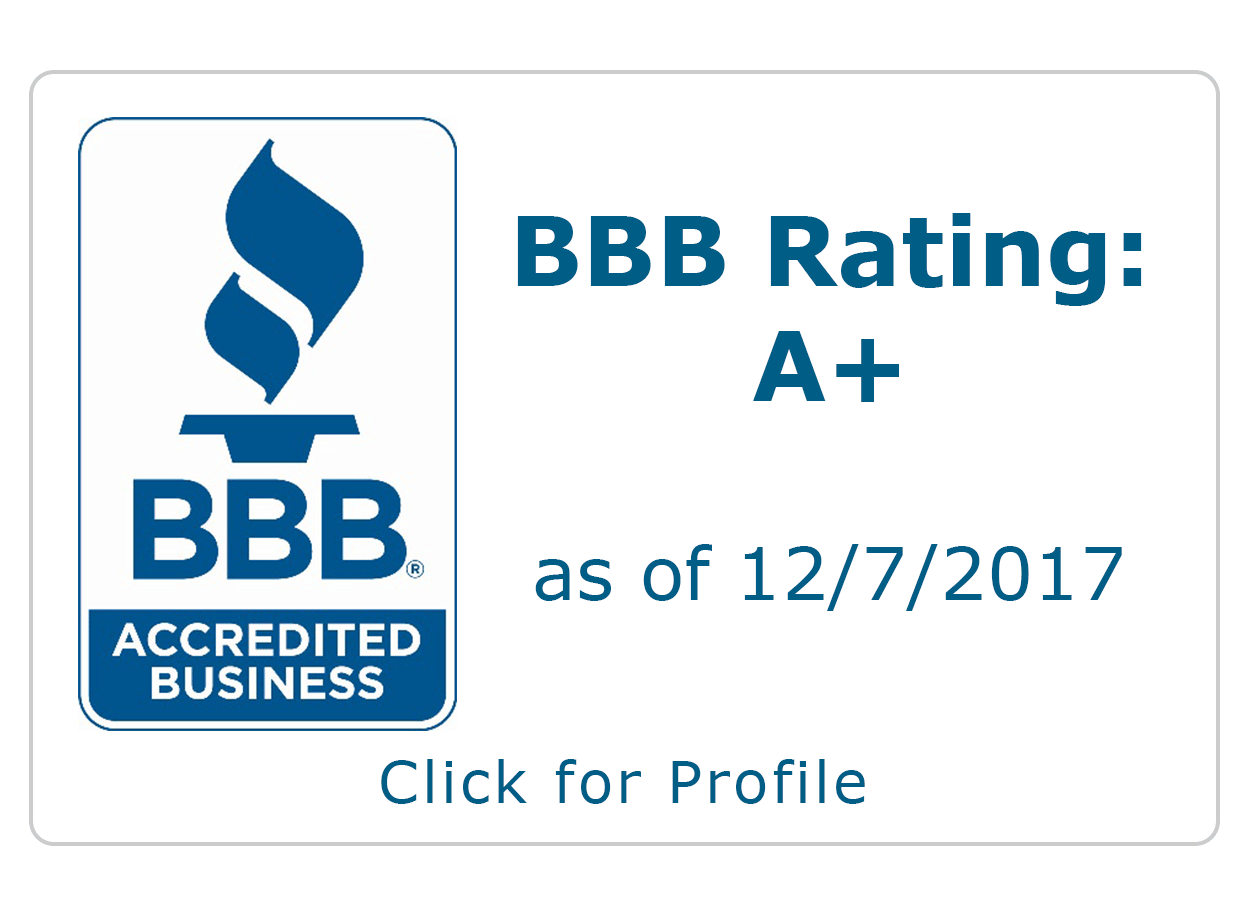Moving to a new home is a major life event, and when that move involves long distances, the complexity increases. Whether you’re relocating for work, family, or simply for a change of scenery, planning and executing a long-distance move requires careful preparation. In this article, we’ll walk you through the process, from initial planning to settling into your new home, and we’ll provide helpful tips and insights to make your transition as smooth as possible.
What is Considered a Long-Distance Move?
A long-distance more typically involves relocating more than 100 miles from your current residence. Unlike local moves, which are usually completed within a day, long-distance moves often require extensive planning and coordination. These moves can be interstate (between states) or intrastate (within the same state but over a long distance). Understanding the nature of your move is the first step in preparing for a successful relocation.
Planning Your Long-Distance Move
- Start Early – Begin planning your move at least three months in advance. This allows ample time to organize, declutter, and make all the necessary arrangements. Early planning can help reduce last-minute stress and allow you to manage all the aspects of the move.
- Budgeting – Determine your budget early on. Consider costs such as hiring movers, transportation, packing supplies, and any potential temporary housing. Having a clear budget helps you avoid unexpected expenses and ensures that you have enough funds for each stage of the move.
- Research Moving Companies – Look for reputable moving companies specializing in long-distance moves. Check reviews, ask for recommendations, and obtain quotes from multiple companies to compare services and prices. Make sure to verify credentials to be sure that the company is licensed and insured.
- Create a Moving Timeline – Develop a detailed timeline that outlines each step of the moving process. This helps you stay organized throughout the process. It also helps to make sure that no task is overlooked.
How Much Do Long-Distance Moves Cost?
The cost of a long-distance move can vary widely based on several factors:
- Distance – The farther the distance, the higher the cost
- Weight of Your Belongings – Heavier loads incur higher transportation fees
- Additional Services – Cost can increase if you choose extra services such as packing, unpacking, or storage
- Time of Year – Moving during peak season, such as summer, can be more expensive
Request in-home surveys from moving companies to obtain detailed quotes based on your specific needs to get an accurate estimate. Don’t forget to factor in hidden costs such as fuel surcharges, insurance, and tips for the movers.
Decluttering and Downsizing
Before packing, take the opportunity to declutter your home. Sort through your belongings and decide what to keep, donate, sell, or discard. Reducing the number of items you move can significantly lower your moving costs and make packing and unpacking easier. Consider holding a garage sale or using online marketplaces to sell items you no longer need.
Packing for a Long-Distance Move
- Gather Supplies – Stock up on moving supplies such as boxes, bubble wrap, packing paper, tape, and markers. Specialty boxes for items like electronics dishes, and wardrobes can be particularly useful. Having the right supplies can prevent damage and make the packing process more efficient
- Pack Room by Room – Tackle one room at a time to stay organized. Label each box with its contents and the room it belongs in at your new home. This method not only helps with organization but also makes unpacking easier.
- Protect Fragile Items – Use plenty of padding for fragile items. Bubble wrap, packing paper, and blankets can help prevent damage during transit. Consider packing fragile items together and clearly mark those boxes as fragile.
- Create an Essentials Box – Pack a box with essential items you will need immediately upon arrival, such as toiletries, clothing, important documents, and basic kitchen supplies. This box should be easily accessible and the last one to be loaded onto the moving truck.
Moving Long Distance: Transportation Options
- Hiring Professional Movers – This is the most convenient but most expensive option. Professional movers can handle packing, loading, transportation, and unloading. This option is ideal for those who prefer a hands-off approach and want to ensure their belongings are handled by experts.
- DIY Move with a Rental Truck – Renting a truck and driving it yourself is more budget-friendly, but requires significant effort and planning. You’ll be responsible for packing, loading, driving, and unloading, which could be physically demanding and time-consuming.
- Portable Moving Containers – Companies drop off containers that you fill at your convenience. Once packed, the company transports the containers to your new home. This option offers flexibility and can be a cost-effective alternative to hiring full-service movers.
- Shipping Services – For smaller moves, shipping items can be an efficient option. This is ideal for moving a few large items or if you have limited belongings to transport.
Long Distance Moving Checklist
Here’s a helpful checklist to keep your move on track:
- Three Months Before Moving:
- Create a moving budget
- Research and book a moving company
- Start decluttering and organizing your things
- Gather important documents
- Two Months Before Moving:
- Begin packing non-essential items
- Notify schools and arrange for the transfer of records
- Research current and new utility providers and schedule connections and disconnections
- One Month Before Moving:
- Confirm details with your moving company
- Continue packing, focusing on less used items
- Arrange for any necessary repairs in your current home
- Two Weeks Before Moving:
- Notify your employer and arrange for time off, if needed
- Confirm travel arrangements for yourself and your family
- One Week Before Moving:
- Pack your essentials box
- Finish packing and labeling all boxes
- Clean your current home
- Prepare your car for the trip, if you’re driving
- Moving Day:
- Be present when the movers arrive
- Conduct a final walkthrough of your current home
- Make sure all the boxes are loaded on the truck
- Keep important documents and essentials with you
Settling into Your New Home
- Inspect Your New Home – Upon arrival, inspect your new home for any damages or issues that need immediate attention. Document any pre-existing damages with photos and report them to your landlord or property manager if renting.
- Unpack Strategically – Start with essentials and gradually unpack room by room. Prioritize setting up bedrooms, bathrooms, and the kitchen. This allows you to quickly settle in and have the main areas of your home functional.
- Update Your Address – Notify the post office, banks, insurance providers, and other important contacts of your new address. Update your subscriptions, memberships, and any government agencies as needed.
- Explore Your New Area – Take time to explore your new neighborhood. Find local amenities and introduce yourself to neighbors. Familiarizing yourself with your new surroundings can make the transition easier and help you feel more at home.
Tips for a Smooth Transition
- Stay Organized – Keep important documents, contracts, and moving-related information in a dedicated folder or digital file. Staying organized helps reduce stress and ensures you have everything you need at your fingertips.
- Remain Flexible – Be prepared for unexpected challenges and adapt as needed. Long-distance moves rarely go perfectly according to plan, so maintaining flexibility can help you manage any surprises.
- Take Care of Yourself – Moving can be physically and emotionally exhausting. Take breaks, stay hydrated, and ask for help when needed. Don’t forget to prioritize self-care and relaxation during this busy time.
- Stay Connected – Keep in touch with friends and family to maintain your support system during the transition. Sharing your experiences and staying connected can provide emotional support and make the move feel less overwhelming.
- Hire Local Help – Once you arrive, consider hiring local help for tasks like unpacking, assembling furniture, or setting up utilities. Local professionals can provide valuable assistance and make settling in quicker and easier.
By following these tips, you can turn your long-distance move into a well-organized and successful adventure. Moving long distances doesn’t have to be stressful. With the right approach and preparation, it can be an exciting new chapter in your life.
Conclusion
A long-distance move can be a challenging task, but with careful planning and the right resources, it can also be a smooth and exciting journey. From budgeting and packing to transportation and settling in, following this guide will help you navigate each step with confidence. Remember to start early, stay organized, and take care of yourself throughout the process. Happy moving!
Where to Find the Best Moving Company
If you’re getting ready for a move, call Firefighting’s Finest Moving & Storage. We are dedicated to providing efficient, safe, and professional commercial and residential moving services. For over 20 years, we have been providing quality moving and storage services. Our highly trained moving crews offer the utmost in customer service and will treat your belongings as if they were their own, with care and expertise.
Founded in 2001 by two off-duty firefighters, we’ve grown to serve not only the Dallas and Fort Worth area but also Houston and Austin as well. A locally owned and operated business, we exceed all state and federal requirements for a moving company and can handle all your moving needs. We treat every move with the high-quality attention to detail and service that our customers have come to expect. We have a reputation for excellence and have received numerous awards within the moving industry. If you’re contemplating a move, if you need to rent storage space, or if you’d just like more information about our company, visit our website or contact us for a free estimate at 866-475-4141. We look forward to hearing from you!








